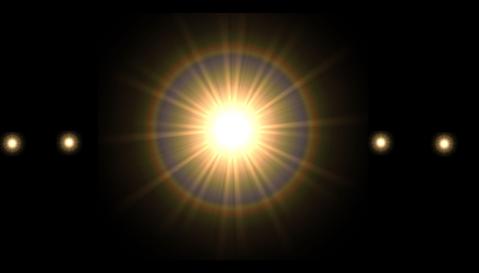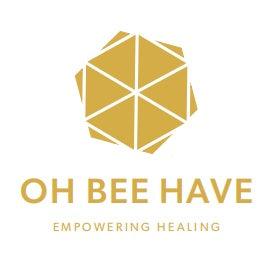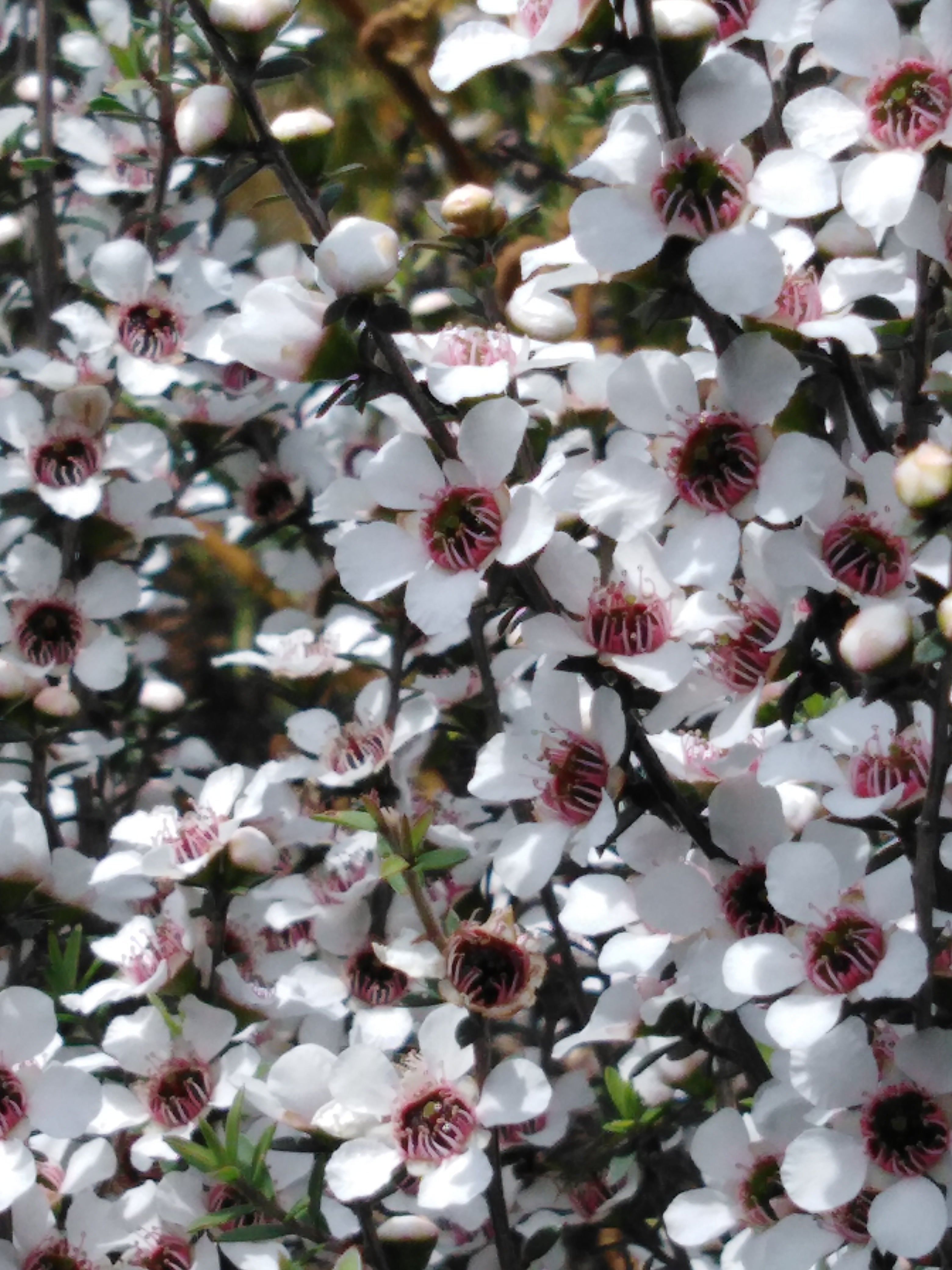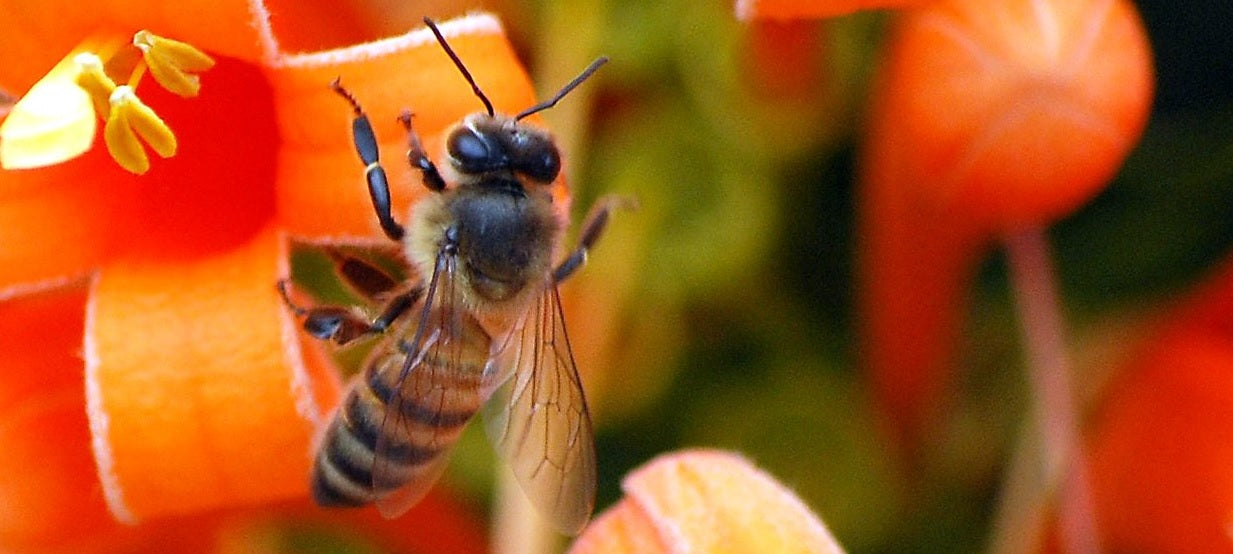Anti-inflammatory benefits
 Inflammatory cells are great at detecting things that should not be there in your body. The foreign invaders! How they do this is complex. OH BEE HAVE empowering healing contains small protein particles that inflammatory cells recognize as foreign invaders. These royal jelly proteins have payloads bound to them. The payloads are small molecules called antioxidants and are originating from the plants the bees are collecting nectar and pollen from. In the case of Manuka honey these phenolics include methyl syringate (image below) and phenyl-lactate.
Inflammatory cells are great at detecting things that should not be there in your body. The foreign invaders! How they do this is complex. OH BEE HAVE empowering healing contains small protein particles that inflammatory cells recognize as foreign invaders. These royal jelly proteins have payloads bound to them. The payloads are small molecules called antioxidants and are originating from the plants the bees are collecting nectar and pollen from. In the case of Manuka honey these phenolics include methyl syringate (image below) and phenyl-lactate.
The aromatic ring structure of these phenolics have the ability to bind single atoms of minerals. Manuka honey contains a high content of iron and the when Fe (iron) atom is bound to the ring structure Photo-Fenton chemistry can occur generating hydroxyl radicals (OH*). The OH on the ring can potentially come from the hydroxyl radical generated by the photo-Fenton chemistry through the coordinated iron. This light based energy capture system present in the honey leads to the generation of the MGO and DHA within the pollen present in the Manuka honey.


This destruction of aromatic rings is proposed as biology's recycling system and the generation of CO2 and water is driven by Photo-Fenton chemistry and the energy produced by the hydroxyl radical. This natural system is also observed in Apoptosis (pre-programmed cell death), which is responsible for one daughter cell dying after cell division under normal cellular turnover. Understanding this natural process being controlled by radical chemistry suggests that radicals play an essential role in biology's ability to recycle and transform itself and adapt to changes in the environment.
The components needed for this regeneration and recycling system are hydrogen peroxide and iron and phenolics all of which are present in Manuka honey. Much effort has gone into understanding the benefits of Manuka honey and the benefits appeared to correlate with MGO concentration. As you can see above the types of radical chemistry driven by light can be observed to produce glyoxal and other small molecules. MGO can be recycled in the cell to produce other molecules important in cell metabolism such as lactate and pyruvate (see below).

MGO is considered toxic but the presence of the glyoxal pathway in cells suggests that it is a biochemical energy pathway which can generate pyruvate which plays a central role in the production of a wide range of biochemical molecules. So it appears that the light based photo-Fenton chemistry present in Manuka honey's royal jelly protein system is involved in the death and regeneration biology recycling system which is why it has such wide ranging beneficial properties. The uptake of the proteins into inflammatory cells and exposure of the proteins to hydrogen peroxide in the phagosomes triggers the oxidative part of the photo-Fenton reaction (see below image).

This process within the phagosome would be enhanced by the reduced iron bound to the phenolics in the royal jelly protein complexes taken up by the inflammatory cells. This appears to be the mechanism by which the macrophage is inhibited as it appears that excess hydroxyl radicals generates an apoptotic phenotype therefore stopping inflammation at an early stage before it has had a chance to signal and recruit other inflammatory cells. Here is what the photo-Fenton chemistry using the components of Manuka honey looks like under the Evos FL microscope.
The breakdown of the MGO + Fe2+ + phenyl-lactate + H2O2 into a fluid is observed, which is driven by light through the production of the hydroxyl radical and photo-Fenton chemistry. So, all the components of this chemistry are present in Manuka honey and it is proposed that the transformation of these molecules into new structures is how regeneration occurs by taking what was there and that has accumulated damage over time and breaking it down back into regenerative precursors that can be used by biology to provide the energy to grow the new cells. So OH BEE HAVE empowering healing has the ability to assist in this natural regeneration process that is present in Manuka honey. The benefits can be obtained through topical application of the product as it has the ability to go through the skin via different mechanisms, which I will discuss on another page.
The components needed for this regeneration and recycling system are hydrogen peroxide and iron and phenolics all of which are present in Manuka honey. Much effort has gone into understanding the benefits of Manuka honey and the benefits appeared to correlate with MGO concentration. As you can see above the types of radical chemistry driven by light can be observed to produce glyoxal and other small molecules. MGO can be recycled in the cell to produce other molecules important in cell metabolism such as lactate and pyruvate (see below).

MGO is considered toxic but the presence of the glyoxal pathway in cells suggests that it is a biochemical energy pathway which can generate pyruvate which plays a central role in the production of a wide range of biochemical molecules. So it appears that the light based photo-Fenton chemistry present in Manuka honey's royal jelly protein system is involved in the death and regeneration biology recycling system which is why it has such wide ranging beneficial properties. The uptake of the proteins into inflammatory cells and exposure of the proteins to hydrogen peroxide in the phagosomes triggers the oxidative part of the photo-Fenton reaction (see below image).

This process within the phagosome would be enhanced by the reduced iron bound to the phenolics in the royal jelly protein complexes taken up by the inflammatory cells. This appears to be the mechanism by which the macrophage is inhibited as it appears that excess hydroxyl radicals generates an apoptotic phenotype therefore stopping inflammation at an early stage before it has had a chance to signal and recruit other inflammatory cells. Here is what the photo-Fenton chemistry using the components of Manuka honey looks like under the Evos FL microscope.
The breakdown of the MGO + Fe2+ + phenyl-lactate + H2O2 into a fluid is observed, which is driven by light through the production of the hydroxyl radical and photo-Fenton chemistry. So, all the components of this chemistry are present in Manuka honey and it is proposed that the transformation of these molecules into new structures is how regeneration occurs by taking what was there and that has accumulated damage over time and breaking it down back into regenerative precursors that can be used by biology to provide the energy to grow the new cells. So OH BEE HAVE empowering healing has the ability to assist in this natural regeneration process that is present in Manuka honey. The benefits can be obtained through topical application of the product as it has the ability to go through the skin via different mechanisms, which I will discuss on another page.



